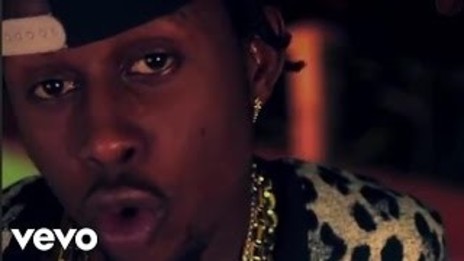AudioCulture
The noisy library of New Zealand music
Te pātaka korihi o ngā puoro o Aotearoa
Mokotron
aka Miso, High Stakes (with Simon Howden)
He has been releasing music for over two decades, initially as half of dancehall production duo High Stakes. It was High Stakes who created the foundation for a hit single by Jamaican DJ Popcaan that topped Jamaica’s dancehall charts and reached the R&B charts in the US.
Tiopira McDowell (Ngāti Hine) is a child of the 80s. When the breakdancing trend reached his home suburb of Mangere Bridge, it brought along not only early hip hop but instrumental electro with funky beats made on Roland 808 drum machines and robotic vocals created using vocoder synthesisers. The Beat Street soundtrack, ‘Rockit’ by Herbie Hancock and ‘Planet Rock’ were crucial listening.
His family had a rule that all the children had to study piano, though after completing this grounding he switched to classical guitar. He also took an interest in the blues, which was having a resurgence through the popularity of acts such as BB King, Eric Clapton, and Gary Moore.
Tiopira’s life changed drastically when his parents separated. His father took Tiopira and his sisters to live with him in Mt Eden, disconnecting them from their whānau, community, culture, language and whakapapa, and immersing them into an entirely Pākehā world.
The Rave era
Tiopira’s move to the inner suburbs coincided with the rise of the early rave scene. The Powerstation, Herzog, Brazil Café and inner-city rave events were literally a walk away. He bought turntables and began DJing under the name Miso.
“If you were underage, then you DJed at illegal raves,” he says. “I’d be in the back rooms, playing trip hop and hip hop – Ninja Tunes, Pussyfoot Records, and Mo’ Wax. I was already listening to jungle and drum’n’bass, but hearing it at a warehouse rave was something completely different. Auckland was different back then. All the heavy industry had moved out of the central city, so there were plenty of empty warehouses and abandoned spaces where you could have an illegal dance party.”
“hearing drum’n’bass at a warehouse rave was something completely different”
He befriended rising DJ Denver McCarthy, who impressed him with his ability to use the fader almost like a rhythm instrument (taking inspiration from legendary Detroit DJ Jeff Mills). The pair soon began working on music together.
“I wrote my first tune with Denver when I was still in high school. He had a studio in Kingsland, just a couple of houses up from Kog Transmissions. It was really rudimentary – most of it involved internal programming in the actual units. He did have an Atari computer, which had a demo version of Cubase. You’d have to programme the whole song in 15 minutes and after that, you could turn the loops on and off, but you couldn’t add anything more. You wouldn’t even plug the computer into the mixer, it was just for MIDI. We wrote a tune together that was supposed to be the opening song on Inside A Quiet Mind (1998), but when they went to master it, the noise floor was so bad it was unusable. So I missed out on having the opening song on the most classic local electronic album of all time!”
He got his own musical equipment and made an album worth of tracks, though didn’t have the confidence to push the project. Only one track saw the light of the day: the dark drum’n’bass track ‘Rise Up’ on the Kog compilation Textyles (1998). Meanwhile, his friends in the DJ scene began to drift away. McCarthy and a few other friends became Hare Krishna devotees and stopped making music altogether.
From hip hop to dancehall
Around 2000 Tiopira switched to making hip hop, though with little impact. He’d been friends with Jessica Hansell (aka Coco Solid) because they both grew up in Mangere Bridge. When she did a remix album of songs of Denim and Leather (2004), he contributed ‘Rap N Roll Pt 2 (2Da East Remix)’, which was done in a dancehall style.
His interest in this style led him to form the dancehall production duo, High Stakes, with his former flatmate Simon Howden. Dancehall relies on the creation of “riddims” which began in an era when studio time was very expensive. Musicians would record instrumental tracks then multiple singers would sing their own melodies/lyrics over the top, creating a “version”. In the modern world, there are online networks through which riddims are spread.
High Stakes’ ‘Drums of War’ riddim was popular enough that a dozen Jamaican acts did versions with it. This and other riddims led to tracks with a raft of top-tier Jamaican dancehall and reggae acts, including John Holt, Sizzla, Capleton, Turbulence, Kabaka Pyramid, and Konshens.
Tiopira had his biggest breakthrough with his ‘Lost Angel’ riddim
Tiopira had his biggest breakthrough with his ‘Lost Angel’ riddim, named after a K Road café. Jamaican vocalist Popcaan used it for ‘Only Man She Want’. Jamaica has no overall music chart, but Tiopira was able to track the progress through other specialty charts.
“There’s a dancehall chart and a culture chart,” he says, “which is for what we could call reggae. I went to No.1 on the dancehall chart with ‘Only Man She Want’. Simon had a No.1 hit, ‘Best Friend’ with Vybz Kartel. Me and Simon also did another song ‘Come Where You Going’ with an R&B singer there named Christopher Martin. There is another chart called the TVJ chart which includes all kinds of Jamaican music and that song went to No.1 on that. Locals would tell you the real chart is a place called Halfway Tree, which is a neighbourhood in the middle of Kingston. If your song is playing there, then that means you have a hit and our riddims were on heavy rotation down there.”
The Popcaan track broke in the US, where it reached No.82 on Billboard’s Hot R&B/Hip-Hop Songs chart and it subsequently racked up over 50 million streams, as well as being remixed by US rapper Busta Rhymes.
Tiopira found his music playlisted on urban stations around the world, though not in Aotearoa.
“I remember one time finally hearing the tune on Mai FM, seven years after it had come out. I waited to hear which DJ was playing the track, but then Craig David came on. They were re-broadcasting his show from the UK!”
In 2011 Tiopira became discouraged by the lack of income that he received from his riddims.
“I was never paid properly for ‘Only Man She Want’. I got like a $500 cheque. Popcaan was performing it every weekend to bigger and bigger crowds, so there were clearly hundreds of thousands of dollars of royalties going somewhere. It got to the point where when I’d be playing my synth and something catchy would come out, but I’d think, ‘Oh, I don’t want it to be catchy, because someone will just rip me off.’ It’s cool being a ghost writer and having hits in Jamaica, but when it goes global and real money is being made, it’s hard to take. I gradually started spending time on new projects.”
Mokotron and the rise of Māori electronica
Tiopira was also on a parallel journey to reconnect with his Māori heritage. He had first enrolled in Māori Studies after finishing high school.
“I thought that this might be my only opportunity to learn about my culture, so I went to university. I didn’t know my iwi or my hapū, so I just went there to learn the basics. At that time, I was in a pretty dangerous space. There was depression and self-harm. I just didn’t think I needed to be alive. Learning about Māori culture transformed my life.”
As High Stakes began to wind down, Tiopira began teaching Māori Studies. In 2025, with a doctorate degree, he is senior lecturer and co-head of Te Wānanga o Waipapa at Waipapa Taumata Rau (the University of Auckland).
“it’s not music that saved me. It was learning my culture and language that saved me.”
“I don’t do it for the kids who already know te reo and tikanga, I do it because I know you can save lives. There are young people like me who’ve grown up with no access to their whakapapa and their reo. They need people in positions of power to advocate for them. Music is just a side thing – it’s not music that saved me. It was learning my culture and language that saved me.”
As part of this journey, Tiopira eventually reconnected with his own whānau.
“My mum was living up north, so I arranged to visit her in Tāmaki. The minute my aunt heard about it, she jumped in her car and drove to my sister’s house in Wellington. When I arrived, I phoned up my sister to say I was with our mum and she said, ‘Auntie is at our house!’ They’d been staying away because of legal restrictions. So we’ve been trying to heal that hurt ever since and Mum even ended up living with us.”
In the aftermath of ‘Only Man She Want’ Tiopira set aside the Jamaican influences and started a new project named Mātāwaka in late 2011, combining puoro, chanted reo Māori vocals, Indian and Persian instruments and dark dubstep drums and basslines. Two tunes were produced, ‘Tawhito’ and ‘Tūhoronuku’, but the project received little support and was discontinued.
Tiopira made a return to his roots of a different kind, when he again started making electro-inspired beats around 2012. Partly he just wanted to toy around with the new varieties of mini-synths that were kicking off a new era of analog synth music, but he also saw that it might provide a way of bringing te reo Māori into his musical world.
He did do one last dancehall track at that time.
“Vybz Kartel had been arrested in 2011 along with two other members of his Gaza crew, but he was still recording while in jail. We’d had a big international hit with them and so he contacted Simon. It was 2014 and I was working in Māori Studies, but you don’t say no to someone like that. After that, I bought a jazz guitar because I figured that’s what you do when you’re older – just learn jazz standards and bossa nova.”
However, when Tiopira turned 40 he reached a turning point and was inspired to start the Mokotron project.
“I looked at the statistics for Māori men and realised I might already be past the halfway point of my life. It might sound ridiculous, but I said to myself, ‘if I die, I will have died without ever contributing anything to the world of speed garage.’ So I just immediately went and wrote two tunes. The other thing was that I’d really wanted someone to do Māori electronic music. I was inspired by Tiki Taane and Upper Hutt Posse who were doing some cool stuff in te reo but there had been no follow up. I also heard Totems’ first EPs and saw that they had Māori titles to some of their tunes. I decided Totems were the chosen one and stopped writing electronic music in 2014. Six years later when I heard that Reuben Winter from Totems had passed away, I went out and bought an 808 that day with the intention of writing indigenous bass tunes. I went home and immediately wrote ‘Native Rage’ and ‘Colonised Existence’.”
He also produced a remix of ‘Guiding Star’ by local reggae toaster Rubi Du and followed with the EPs Battlezone (2020) and Embrace The Bass (2022).
In the past, he had always been out of step with the popular musical styles in Aotearoa – creating electronic music in the years before there was even a category for this genre at the New Zealand Music Awards (now the Aotearoa Music Awards) and creating dancehall at a time when dub and roots reggae dominated the New Zealand charts. However, this time he found himself in synch with the change in tastes.
When Covid hit in the early 2020s, he found himself in synch with the changing tastes
“I was making electro-funk just as Covid hit. The clubs couldn’t open so suddenly people realised the techno they’d been listening to wasn’t any good if you couldn’t dance to it. Suddenly electro became the cool music, so I was finally in sync with the mood. I’d better sit on my next project for five years and let everyone catch up with me!”
International audiences were particularly receptive to his tracks which drew from 90s Detroit Electro. ‘Dawn Of Bass’ reached dancefloors across the world and he was offered deals for his back catalogue. But Tiopira had a niggling feeling that he was simply ripping off the originators who had developed the Detroit sound in the first place, rather than creating anything truly novel.
He took a new path with ‘Tatau O Te Pō’ by incorporating taonga pūoro instruments and adding vocals in te reo Māori, often using a vocoder effect. It became the title track of an EP that also featured ‘Doctrine of Recovery’ which described a personal path to breaking free from the effects of colonisation. The title riffed on the ‘Doctrine of Discovery’ which Europeans used to proclaim ownership of non-Christian lands.
The Embrace the Bass and Tatau O Te Pō EPs and the single ‘Stylophonk’ were put out on 12" vinyl by Spanish label Electro Records. Tiopira found that overseas labels were very positive about working with a Māori artist.
“When the UK label Crazed Behaviour emailed me about putting ‘Reach Into The Darkness’ on their 2022 EP, I started my email reply by saying ‘Kia ora’ and they flipped out. They said, ‘Are you Māori? Is that your indigenous language? I’m Welsh and we have a similar struggle.’ Then later I worked with an Italian artist and tried to explain to them my Māori background and they cut me short. The guy said to me, ‘Who do you think liberated Italy from fascism? The Māori Battalion. Every person in my city knows who Māori are, because our grandparents told us how the Māori pushed out the Nazis and the fascists to liberate us.’ So working with people overseas makes you realise that we’re dealing with Little Britain down here in New Zealand. People see us as criminals or drug dealers, while everyone else in the world thinks that if you’re Māori then you’re cool.”
The positive reception to ‘Tatau O Te Pō’ gave him the confidence to remix and re-release the early track ‘Tawhito’. It was lined up to be the title track on his next EP in 2023, scheduled for release through Electro Records. However, the label folded so Tiopira reconsidered his options.
He had been impressed by the local label Sunreturn, which had created a community around their acts through regular label gigs and the owner Zac Arnold pushed hard to get music videos made for each new single. Tiopira considered copying Sunreturn to start his own label, but happened to find an email from Arnold in his inbox and instead decided to join the Sunreturn roster.
Mokotron was intended to be anonymous, but there was an expectation for him to perform live
Mokotron was intended to be an anonymous project, but now that he was releasing work locally there was an expectation for him to perform live. He considered wearing a mask, but this made it impossible to play the taonga pūoro. He also experimented with playing two pūoro at once or switching between them, but soon found this was impossible. For most shows, he decided he would simply focus on playing a single taonga pūoro at a time and doing the mixing, though he occasionally does live vocoder vocals too.
Tiopira’s tracks ‘Māori Electro Alliance’ and ‘Indigenous Bass Revolution’ hinted at his desire to develop a new movement. Arnold suggested one way to bring this to fruition would be to create a remix album consisting entirely of tracks remixed by Māori producers, The United Tribes of Bass (2024). It included a mix of underground acts and others who already had a buzz around their music, most notably DJ Oboe (Riki Gooch from TrinityRoots) and Caru (originally the beatmaker for Imugi이무기). Tiopira enjoyed visiting some of the upcoming producers at their home studios to give them technical advice on mixing.
He was also excited to headline a packed release party at Whammy Bar. “Everyone had brought dubs they’d done just for that event. It was just amazing. The next day, we had a wānanga here at Māori Studies beside the marae. I just cooked some vegetarian food and we just spent a few hours together. It was actually very moving and there were a lot of tears. A lot of people in this city feel quite isolated and so they really appreciated having a space that reconnects them with their language and culture.”
Mokotron was now ready to release his masterwork, Waerea (2024). The te reo Māori lyrics drew both on his personal experiences and the political events of the time. The title track was a reflection on the death of his father and took inspiration from karakia that is recited at the end of a tangi to clear the negative energy. Tiopira wanted to clear away the trauma of his own history, so it wouldn’t be passed on to his own children.
‘Ōhākī’ was inspired by another death – that of Queen Elizabeth II – and questioned whether the next monarch would uphold Te Tiriti o Waitangi and return stolen lands. On ‘Ko wai koe?’ Mokotron struck out against the Department of Conservation/Te Papa Atawhai. Tiopira had been involved in an iwi’s treaty negotiations, during which they were told that the only crown land in their region was conservation land, which could not be given to them. Political topics were addressed on ‘Kōkiri’, which was written on the night of the election, and ‘Reo Tōtahi’ meaning “monolingual” in response to efforts to remove road signs and bus signs written in te reo Māori.
The vision of the album is also expressed through accompanying music videos, each of which were made by Māori artists working in collaboration with experienced animator Simon Ward. James Paratii Lainchbury worked on the video for ‘Ōhākī’ (as well as doing the cover art for Waerea and ‘Tawhito’); Stevei Houkāmau worked on the title track, ‘Waerea’; Kereama Taepa created the video for ‘Ko wai koe?’ The ground-breaking nature of Waerea led to it winning the prestigious Taite Music Prize in 2025.
After ‘Waerea’ won the Taite, he thanked his Māori Studies colleagues for their support
After the win, Tiopira contacted his colleagues in the Māori Studies department to thank them for their support on the project.
“When I first started Mokotron in 2012, I didn’t have the cultural ability to do a full Māori project. While now, having my office in Māori Studies means that the foremost material culture expert is just 10 metres away. So he taught me how to carve my own taonga pūoro, but also gave me a very critical, very militant perspective on their usage. I also work with one of the Matatoki – head judges – of Te Matatini. He taught me traditional chants, haka, and pre-European ways of singing. Other colleagues helped correct my te reo grammar or talked about different aspects of Mātauranga Māori which fed into the songs. I had experts around me 24/7.”
Tiopira saw his Taite Music Prize win as being part of a wider reaction against a government that some perceived as hostile to the cause of the Māori people.
“People think I’m being humble, but no. The timing for me was miraculous. I happened to be making politically charged Māori music, right when this stuff was going on. I enjoyed the backlash against the backlash to be honest. If you went on the hīkoi then you would’ve seen that there were so many Pākehā walking alongside us on the [Auckland] harbour bridge. It would’ve been at least 10,000 Pākehā. And how many more were at the hīkoi in Wellington? I do feel like it led to the creative industries doubling down and saying, ‘if you’re attacking Māori, then we’re going to back them to the hilt.’ People just want to show their solidarity, so Māori have been getting more support this time around – whether it’s Māori businesses, clothing designers, political parties or creators like myself. Though if we end up getting a better government next time around, I don’t know what I’m going to do. I’d have to write more cheerful songs and that’s never going to happen.”
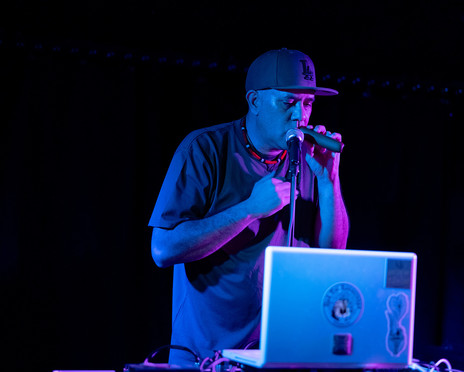
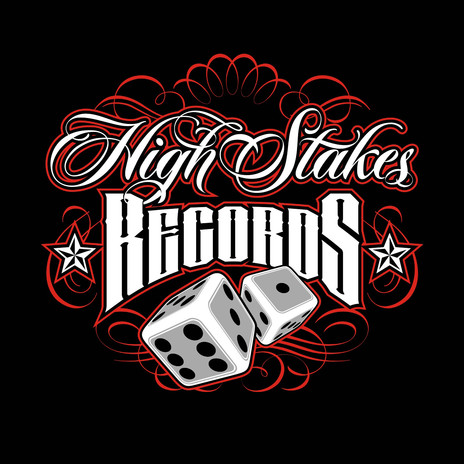

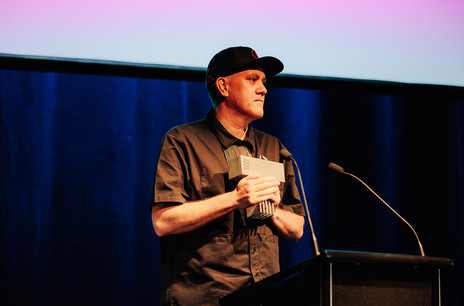

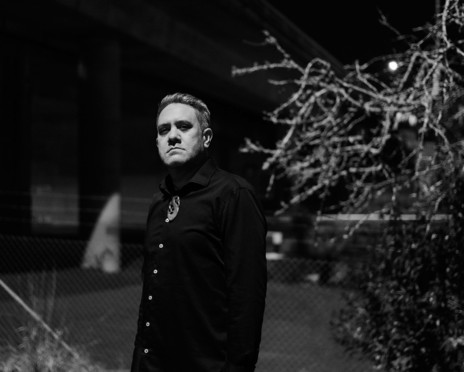

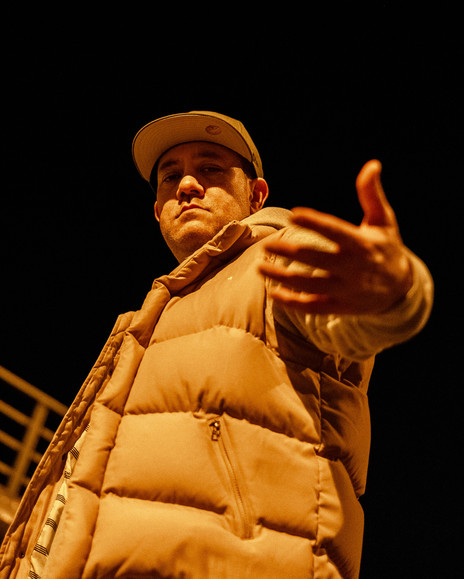
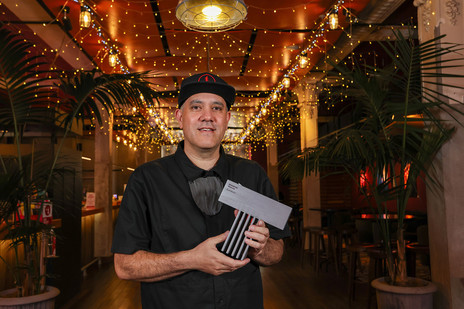

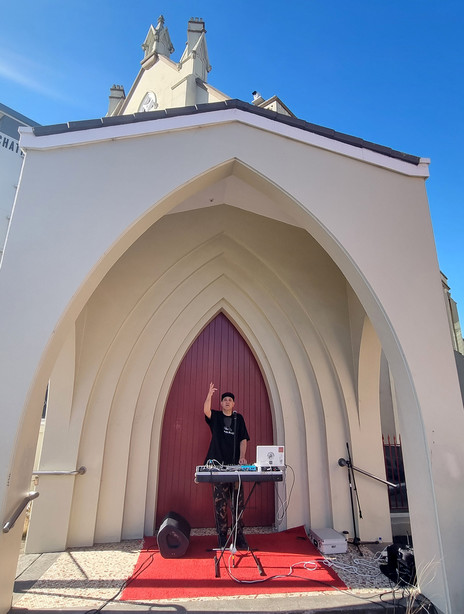


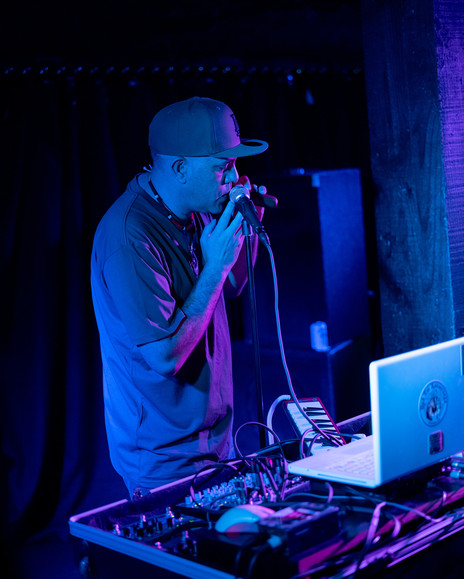
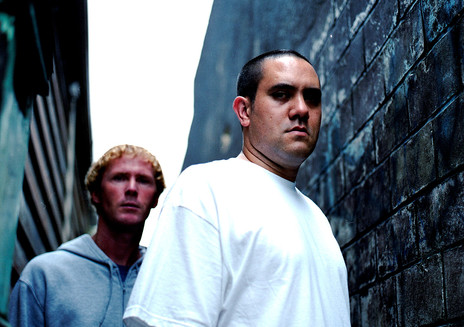

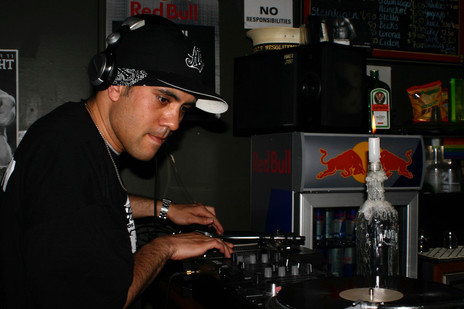
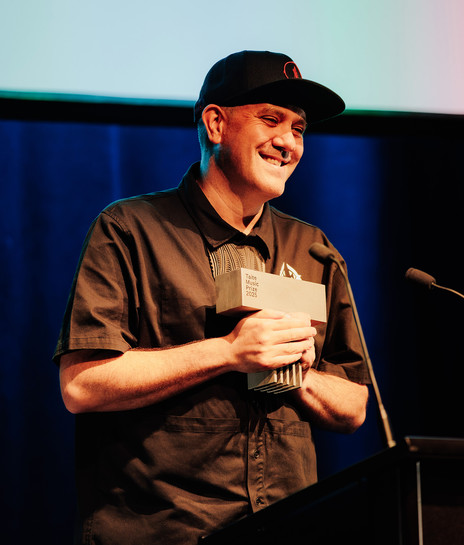

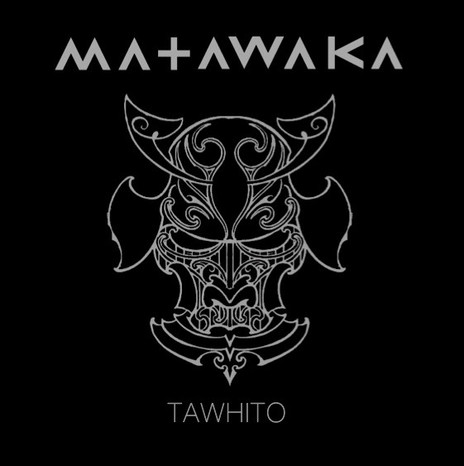
Sunreturn
Ezzential Electro
Electro Records
Visit our sister site
NZ On ScreenMade with funding from
NZ On Air
